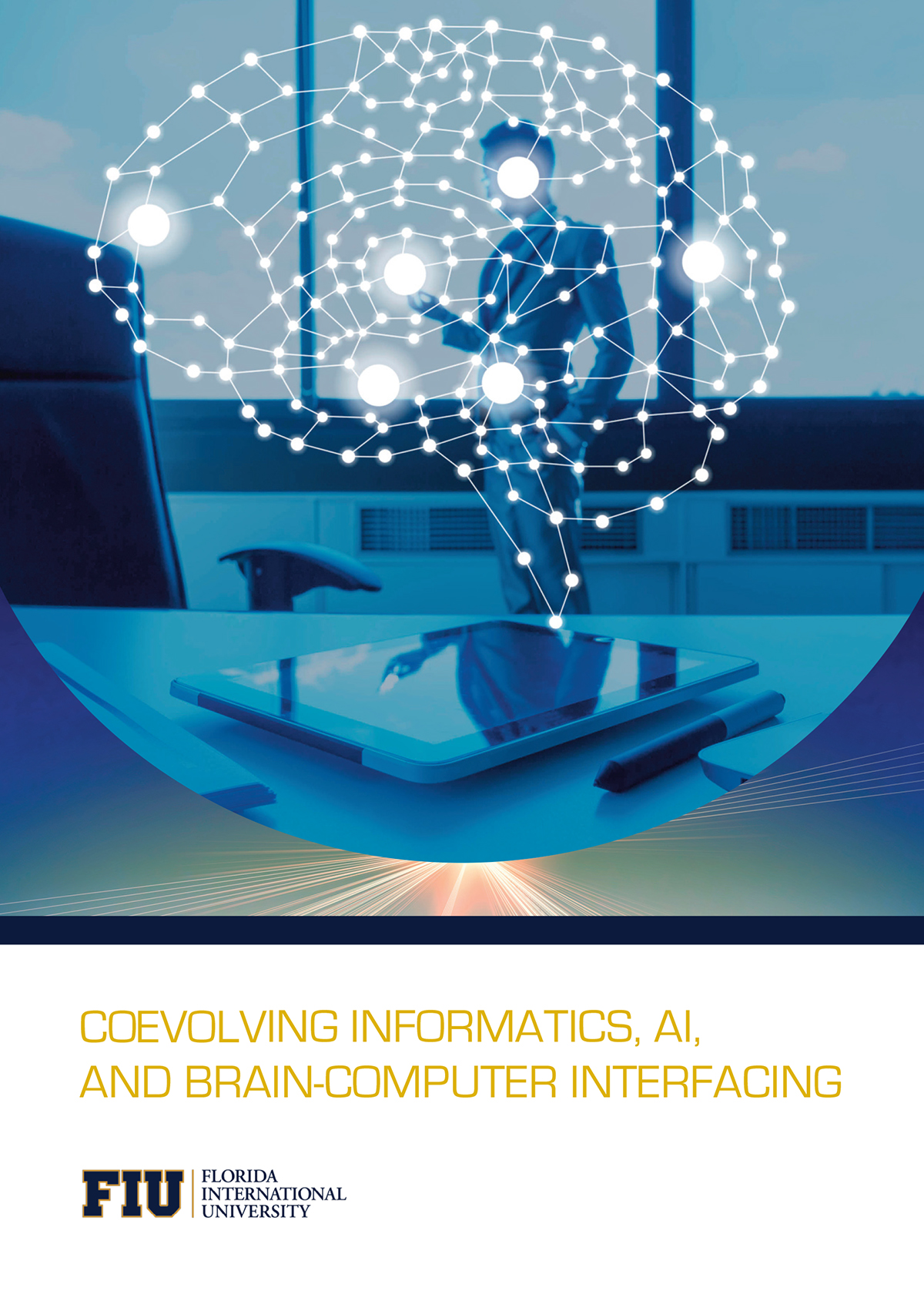Associate Professor Chris Girard at Florida International University explains how coevolving informatics intersect with AI and human-computer interfacing
Do you ever think about spatial barriers?
In 1997, a chess computer named Deep Blue became the first in the world to beat a reigning chess champion. The machine, complex and high-speed, went toe-to-toe with Garry Kasparov. The AI processed information at great speed, overcoming spatial barriers with processing power.
Now, an AI like Deep Blue is less startling to humankind than it was initially. But coevolving informatics continue to reshape the frontiers of what information can do. Associate Professor Girard examines how information can re-shape our understanding of gender equality, or evaluate the resources available to the people of Afghanistan, especially when it comes to the urban-rural divide.
When it comes back down to the kind of information a brain or AI can process, there are new ways for coevolving informatics to grow. For instance, because electromagnetic signals lack mass and travel at the speed of light, because they don’t have the pathway and energy constraints of other types of information. Humans are a living testament to the power of evolved information use, as we have curated a cognitive capacity beyond that of all other living creatures. If we put those understandings together, where can we go?
According to research by Florida International University, the future could mean instant interfacing of brains with cloud-based AI – enabling a kind of global access that is not limited to any individual capacity for memory. This would give an intensive advantage to groups with access to that globalised information.
But how could this future work? What kind of problems and considerations would arise?
To find out more about the imminent potential of cloud-based AI and the human brain together, read more about the work of Florida International University here.


